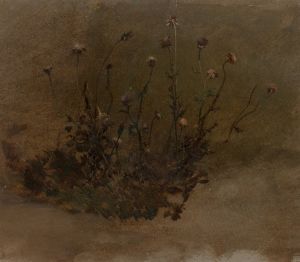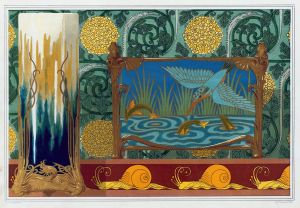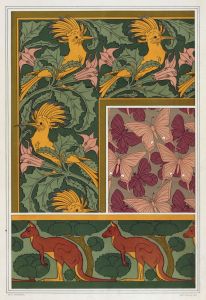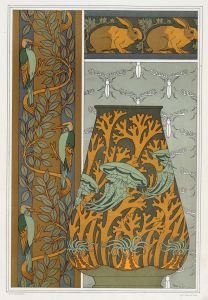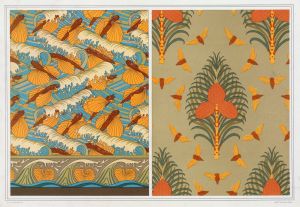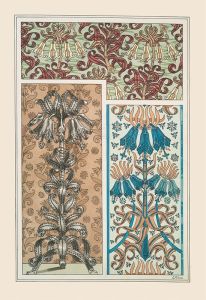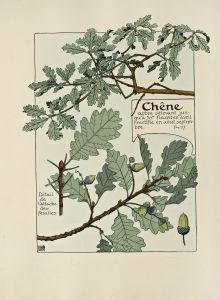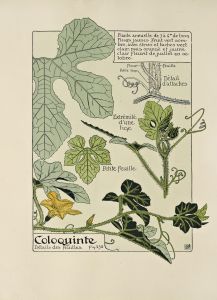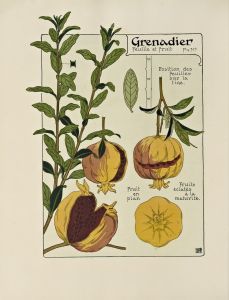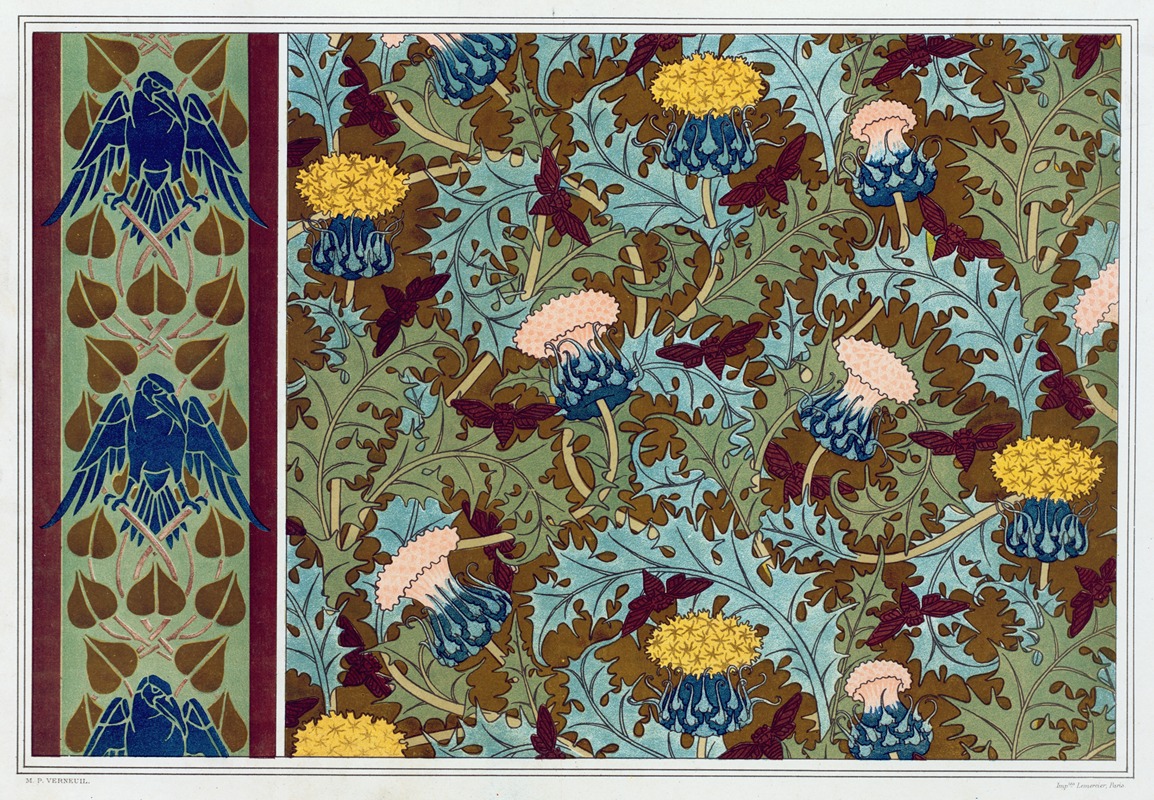
Corbeaux, bordure au pochoir; cigales et chardons, étoffe imprimée
A hand-painted replica of Maurice Pillard Verneuil’s masterpiece Corbeaux, bordure au pochoir; cigales et chardons, étoffe imprimée, meticulously crafted by professional artists to capture the true essence of the original. Each piece is created with museum-quality canvas and rare mineral pigments, carefully painted by experienced artists with delicate brushstrokes and rich, layered colors to perfectly recreate the texture of the original artwork. Unlike machine-printed reproductions, this hand-painted version brings the painting to life, infused with the artist’s emotions and skill in every stroke. Whether for personal collection or home decoration, it instantly elevates the artistic atmosphere of any space.
Maurice Pillard Verneuil was a prominent French artist and designer known for his contributions to the Art Nouveau movement. His work often featured intricate patterns and motifs inspired by nature, and he was particularly skilled in the use of color and form to create visually striking designs. One of his notable works is "Corbeaux, bordure au pochoir; cigales et chardons, étoffe imprimée," which translates to "Crows, stencil border; cicadas and thistles, printed fabric."
This piece exemplifies Verneuil's mastery in textile design, showcasing his ability to blend natural elements with decorative art. The artwork features a combination of crows, cicadas, and thistles, each element carefully chosen for its symbolic and aesthetic value. Crows, often associated with mystery and intelligence, are depicted in a stylized manner, reflecting the Art Nouveau fascination with the natural world and its creatures. Cicadas, known for their distinctive sound and life cycle, add an element of rhythm and repetition to the design. Thistles, with their unique shape and texture, provide a contrast to the other elements, adding depth and complexity to the composition.
Verneuil's use of the stencil technique, or "bordure au pochoir," is significant in this work. Stenciling was a popular method in the Art Nouveau period, allowing artists to create intricate patterns with precision and consistency. This technique enabled Verneuil to produce detailed and vibrant designs that could be easily reproduced on fabric, making his work accessible to a wider audience. The use of stencils also reflects the period's interest in combining traditional craftsmanship with modern production methods.
The printed fabric, or "étoffe imprimée," aspect of the piece highlights Verneuil's contribution to the field of textile design. During the late 19th and early 20th centuries, there was a growing demand for decorative fabrics that could be used in interior design and fashion. Verneuil's designs were highly sought after for their originality and beauty, and they played a significant role in shaping the aesthetic of the time. His work was characterized by a harmonious blend of form and function, with each element carefully considered to enhance the overall design.
Maurice Pillard Verneuil's influence extended beyond his own creations. He was also an educator and author, sharing his knowledge and passion for design with others. His publications, which included pattern books and design manuals, were widely used by artists and designers seeking inspiration and guidance. Through his teaching and writing, Verneuil helped to disseminate the principles of Art Nouveau and contributed to the movement's enduring legacy.
In summary, "Corbeaux, bordure au pochoir; cigales et chardons, étoffe imprimée" is a testament to Maurice Pillard Verneuil's skill and creativity as an artist and designer. The piece reflects the key characteristics of Art Nouveau, with its emphasis on natural forms, intricate patterns, and innovative techniques. Verneuil's work continues to be celebrated for its beauty and influence, and it remains an important part of the history of decorative arts.





